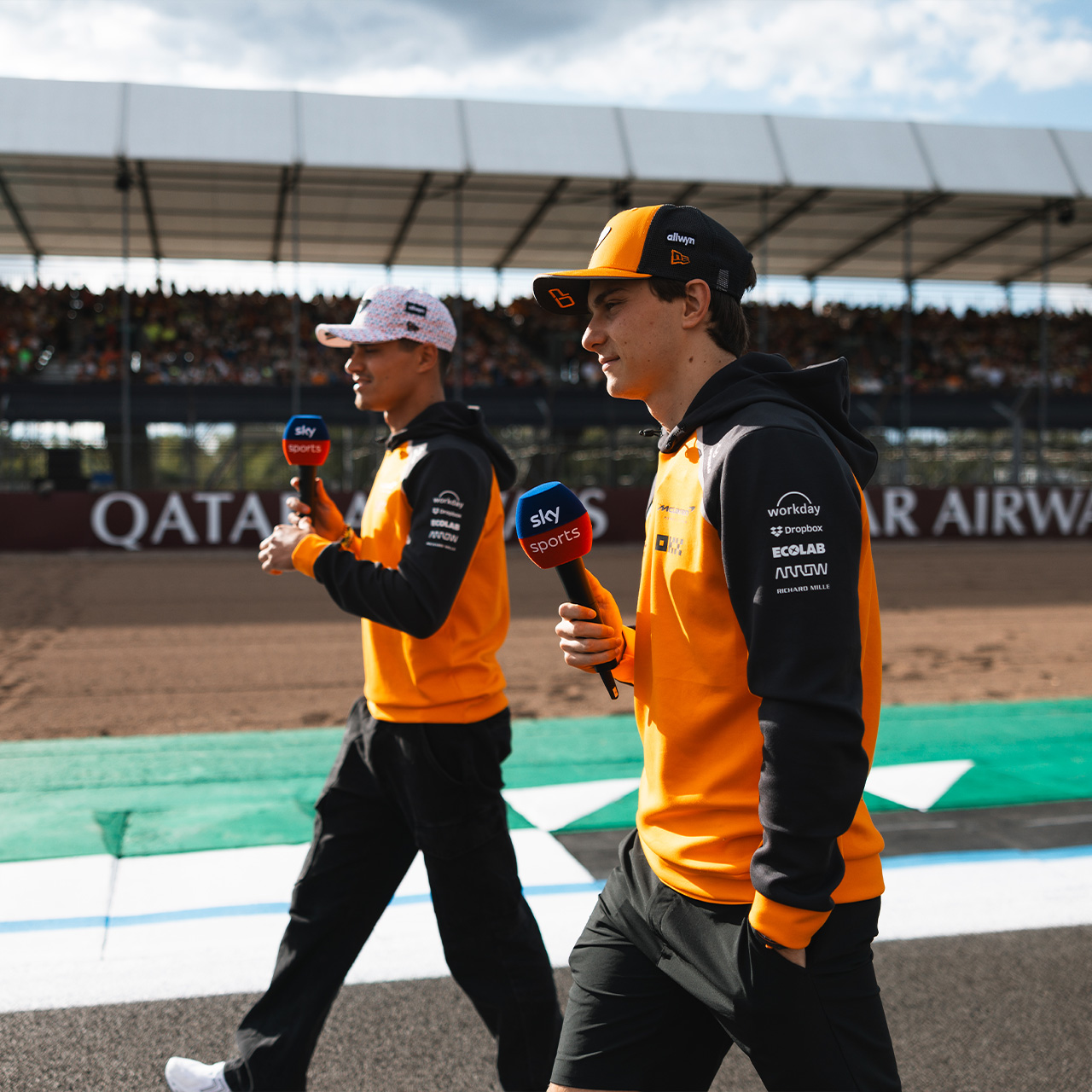Emily asks: How long does it take to assemble the cars before each race weekend?
It’s a two-day job. The garage crew will arrive on location on Tuesday, with the build programme scheduled for Wednesday and Thursday. We don’t usually arrive with cars, but rather a collection of parts that will become cars. Likewise, we don’t travel with power unit components or tyres, those are delivered at the track by Mercedes HPP and Pirelli, respectively.
The team likes to get the bulk of the build done on Wednesday, with a first fire-up on Thursday. Curfews are in place, meaning that the team are not allowed to work on the car during a period that starts 42 hours before FP1 and ends 29 hours before the start of FP1. There is then a second period that starts 18 hours before FP1 and ends four hours before. At that point, the car will have been completed, fired up, and weighed on the FIA scales, with the self-scrutineering form submitted to the FIA.
Michael Astle asks: Does all of the team’s equipment return to HQ after the race or head straight to the next race?
For the flyaway races, the kit is divided into sea freight and air freight. The bulk of the kit goes into sea freight. The more expensive stuff (including the cars) and very personal stuff (the mechanics’ tools) is shipped via air freight. When there is a sufficient gap between Grands Prix, the air freight will head back to the factory so that the cars can be stripped, examined, rebuilt and sent on their way to the next race.
Most of the garage kit, however, is stored in sea freight containers. We have six sets of identical kit, which consists of everything needed to build the garage, the pit stand, and the pit box gantry, as well as everyday consumables and other similar bits.
Over the (northern) winter ahead of the new season, sea-freight containers were dispatched to the first five races, with the kit for Australia heading out before Christmas. The sixth set went into the trucks, which are used for the European season.
Each of the flyaway sets will be scheduled to return to the MTC occasionally for maintenance and restock, but they’re usually somewhere on the high seas, travelling in the most efficient manner from race to race.
After the Saudi Arabian Grand Prix, one of the flyaway kits returned to the UK and was packed up into trucks to create a second European set. These two sets were alternated between Emilia-Romagna, Monaco, Barcelona, Austria, Silverstone, Spa, and Hungary, and will also be used in Zandvoort and Monza, when the European season concludes.
From here, these two sets will come back out of the trucks, go into sea-freight containers, and take their place in the rotation for the eight end-of-season flyaways.
